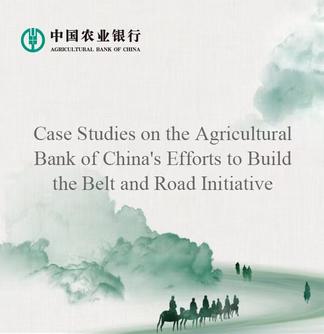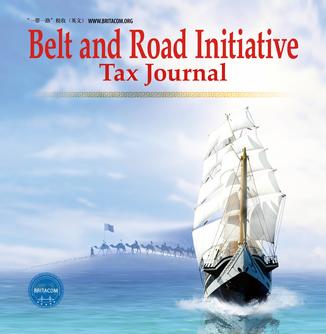BEIJING, May 19 (Xinhua) -- During a medical mission to Uzbekistan earlier this month, Chinese cardiovascular specialist Pan Xiangbin experienced a heartwarming reunion with a former patient: a mother, who had been diagnosed with rheumatic heart disease when pregnant seven years ago, accompanied by her son.
"The results of my heart re-examination have been good. I could not have imagined the operation would have such a lasting effect," said Malika (pseudonym), who had received a minimally invasive procedure led by Pan in 2018. Her lively boy presented the Chinese medical team with a bouquet in a sign of sincere thanks.
Pan, vice president and professor of the Beijing-based Fuwai Hospital, Chinese Academy of Medical Sciences, explained Malika's case:
Conventional open-heart surgery could put her at risk of severe trauma and necessitate a longer recovery time, as well as endanger her unborn child. X-ray guided interventional procedures would have also been risky, and potentially led to malformations and developmental disorders of the fetus. Yet, delaying treatment during pregnancy could have triggered Malika's fatal heart failure.
Thanks to Percutaneous and Non-Fluoroscopic Procedure pioneered and developed by Pan, both mom and kid were saved. The technology relies on ultrasound imaging and real-time guidance rather than traditional fluoroscopy, handles cardiovascular diseases (CVDs) through the peripheral blood vessels without requiring open-heart surgery, and protects both patients and medical workers from radiation exposure.
"The kid told me he has a nickname 'China boy.' I am glad that he grew up sturdy," said Pan. "We are not only proud of our contribution to medical cooperation, but also to people-to-people ties across the globe."
Pan's team has performed the procedure in more than 30 countries, including France, Britain, Russia, Tanzania and Uzbekistan, mentored over 1,000 doctors worldwide, and restored health to over 200,000 patients.
Theophylly Ludovick, a pediatrician at the Chinese-built Jakaya Kikwete Cardiac Institute in Tanzania, who received training in China, said the procedure was suitable for treating heart disease in developing regions.
"The procedure is relatively easy to learn, and requires less investment and resources of medical infrastructure," when compared with conventional fluoroscopic procedures, said Ludovick, adding that it can relieve patients from a high medical expense burden. His team has used the Chinese technology in a dozen cases, with all patients discharged with no complications.
Zafar Abullayev, a cardiovascular surgeon at a medical center in Tashkent, Uzbekistan, who just finished his one-year study in Fuwai Hospital in March, credited the Belt and Road Initiative for deepening medical collaboration.
"The learning experience in China enables me to introduce the innovative medical procedure in Uzbekistan, train local doctors, and bring advanced care to rural areas where such technologies are not yet available," said Abullayev.
In 2023, the Percutaneous and Non-Fluoroscopic Procedure was listed in a United Nations (UN) project, which aims to enhance access to CVD treatment in developing countries and help them achieve the UN Sustainable Development Goal 3 -- "Ensure healthy lives and promote well-being for all at all ages."
To inclusively serve patients and bridge gaps, Pan's team also developed a mobile operation vehicle with echocardiography and anesthesia machines, alongside other medical facilities. Doctors of Fuwai Hospital began screening, diagnosing and treating patients with the vehicle in rural China first, and promoted it worldwide by 2023.
"We decided to make the vehicle after a medical aid mission in Africa. At that time, although we were able to conduct basic operations outdoors with portable medical equipment and materials, we struggled with meeting sterility standards," said Pan. Now, with the vehicle's help, patients with inadequate transport facilities can be more easily accessed, while their risk of infection can be reduced.
According to a World Heart Federation report, more than half a billion people around the world continue to be affected by CVDs, which accounted for 20.5 million deaths in 2021, close to a third of all deaths globally.
"Health has no national borders. For global exchange, our hearts beating normally is a prerequisite. Thus, we would like to share the technology with the wisdom of Chinese doctors and convey the goodwill of China," said Pan.




 A single purchase
A single purchase








